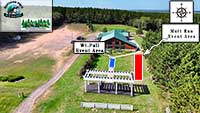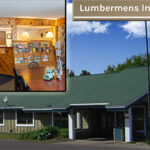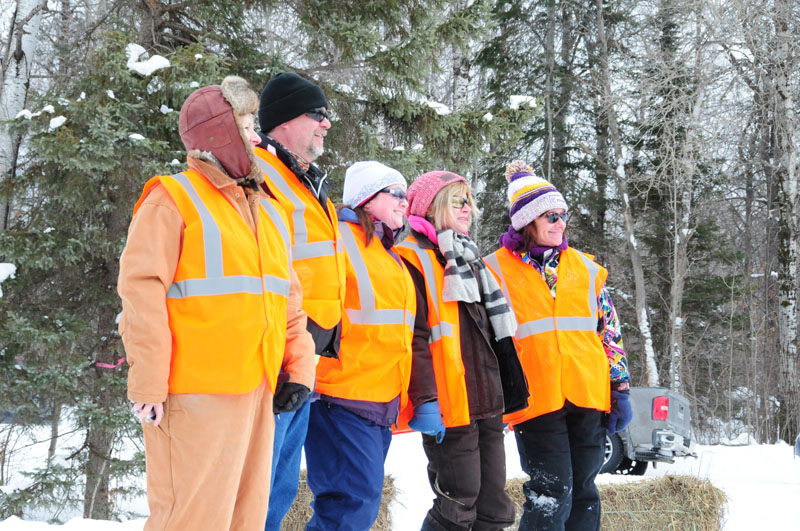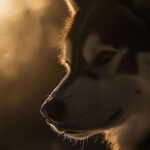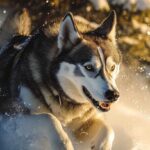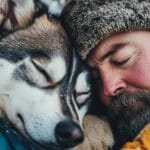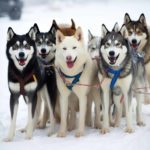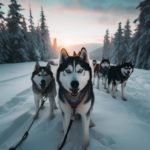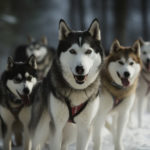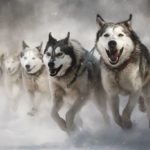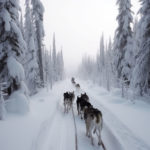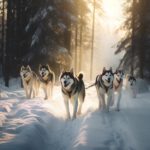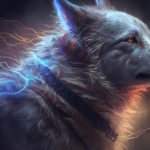About the Northern Pines Sled Dog Race
Mushing Together, Embracing Tradition and Community
The Northern Pines Sled Dog Race celebrates the enduring bond between sled dogs and their human partners while honoring the traditions that have shaped this remarkable sport. Our mission is to promote family, community, and environmental values through a beautiful and adventurous winter event that unites participants, volunteers, and spectators alike. 🛷
We are committed to the highest standards of canine welfare, sportsmanship, and environmental stewardship, ensuring our four-legged athletes and their mushers race in an atmosphere of respect and excellence. The Northern Pines Sled Dog Race also serves as a gathering place for youth, families, and local businesses—strengthening community pride and inspiring future generations to carry on the legacy of sled dog sports. 🐾

ADMISSION IS FREE!
our
Mission
Statement:
The Northern Pines Sled Dog Race strives to uphold and share the spirit and heritage of sled dogs and their human partners, and to promote family, community, and environmental values through this adventurous and beautiful activity.
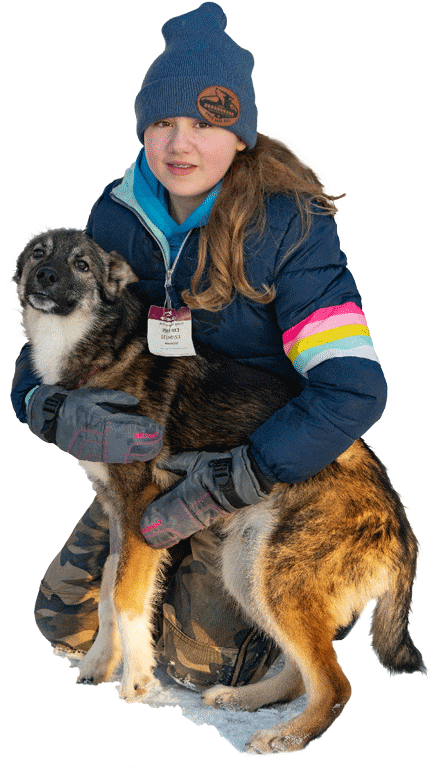
WHAT WE DO!
Volunteers are absolutely vital to the success of this very special community event. Interested?
What is the Difference?
The Northern Pines Sled Dog Race Committee would like to thank Jasper Meddock Productions, for his outstanding drone videos and JoAnn Jardine from Studio One for her photography contributions. Please visit their websites to purchase pictures and aerial video’s when you need to document your own life’s memories.
Determined Drive of
a Team Moving as One
These images celebrate not just their power, speed, and beauty, but the unbreakable bond they share with their mushers and the Northern Pines Sled Dog Race. Strap on your virtual snow boots and experience the thrill, the grace, and the sheer joy of these amazing dogs in action!
Sled Dog Terminology
- Lead Dog: Some say the most critical part of the team, lead dogs set the pace and keep the other dogs on the trail. They are the dogs that respond to the musher’s commands of “gee” (right turn) and “haw” (left turn). Lead dogs must be alert and intelligent so they can find and follow the trail when it is covered over with snow. They also keep the other dogs in the team moving by keeping the gangline tight. Some mushers might use only one lead dog but it is more common to see two.
- Swing (Point) Dog: Positioned directly behind the lead dogs, the swing dogs help steer the team around corners. As lead dogs make a turn, the swing dogs pull the team in an arc that keeps the other dogs on the trail and brings the sled and musher safely around a corner.
- Team Dog: The team’s core. They pull the sled and maintain speed or pace. There can be several pairs of team dogs, depending on the size of the team.
- Wheel Dog: These are the two dogs closest to the sled. Not necessarily the largest of the dogs but sometimes they are the most agile, often needing to cross over the main line while going around corners and then return to their original position.
- It is not uncommon, though a bit time-consuming, for mushers to switch dogs’ positions during a race. Some dogs make better leaders in certain weather conditions but not others. Sometimes, after a run, a musher may wish to give a lead dog a break or day off.
